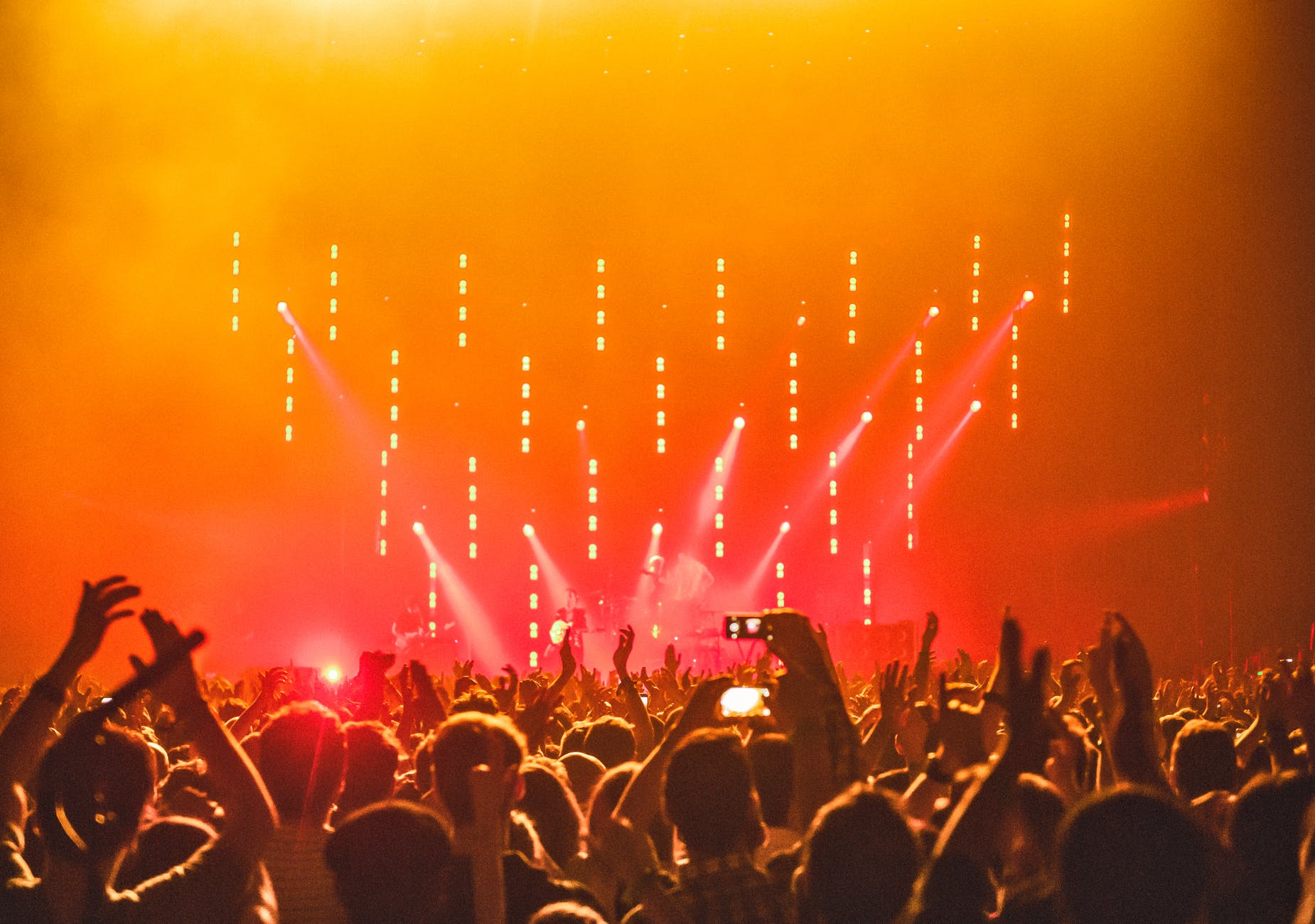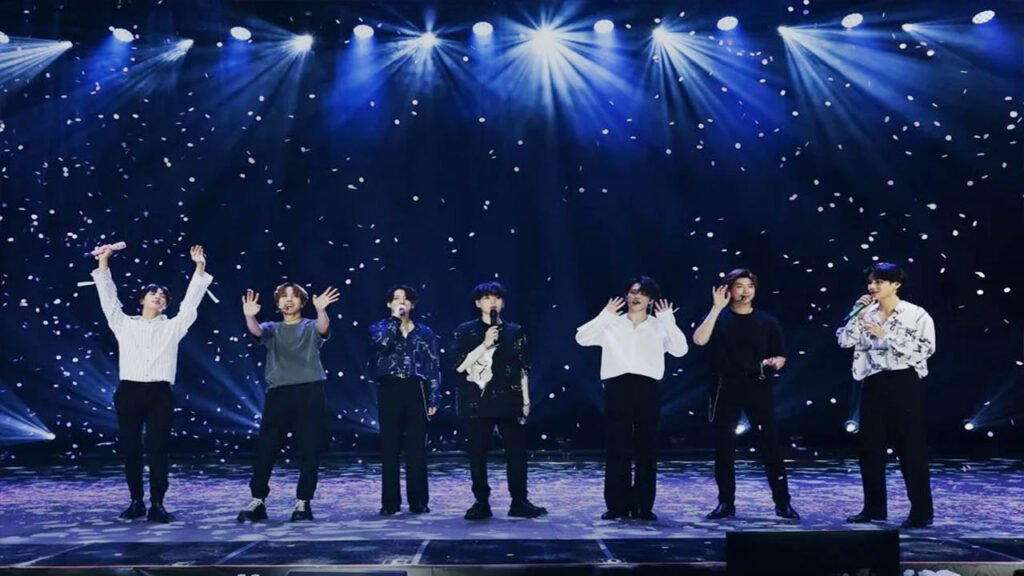Introduction: Understanding Noise Levels
When it comes to how many decibels is a rock concert, understanding noise levels is crucial for both performers and attendees. Noise levels are measured in decibels (dB) and can have lasting effects on hearing health. The World Health Organization (WHO) recommends exposure to noise levels below 70 dB over a 24-hour period to prevent hearing damage.
The Impact of Noise Levels on Health
Exposure to high decibel levels can lead to both temporary and permanent hearing loss. Prolonged exposure to noise levels above 85 dB can cause irreversible damage to the delicate structures of the inner ear.
It’s crucial for concert-goers to protect their hearing by wearing earplugs designed to reduce harmful noise levels without compromising the concert experience.
Regulations and Guidelines for Noise Levels
Various countries have regulations in place to limit noise exposure in workplaces and public spaces. The Occupational Safety and Health Administration (OSHA) in the United States, for example, sets permissible noise exposure limits to protect workers from hearing damage.
- OSHA recommends a maximum exposure of 90 dB for an 8-hour workday to prevent hearing loss.
- Rock concerts often exceed 100 dB, emphasizing the need for hearing protection.

Explanation of Decibels in Sound
Decibels (dB) are used to measure the intensity or loudness of sound. In the context of a rock concert, understanding decibels is crucial as it directly relates to potential hearing damage. Sound levels are logarithmic, meaning that a small increase in decibels represents a significant increase in sound pressure. For instance, a rock concert can reach 110-120 dB, which is much louder than everyday noises.
Understanding the Scale
Decibels follow a logarithmic scale, where every 10 dB increase represents a tenfold increase in sound intensity. This means that a rock concert at 120 dB is 10 times louder than normal conversation at 60 dB.
Protecting Your Hearing
Exposure to sounds above 85 dB can lead to hearing damage over time. It is essential to wear ear protection, such as earplugs, at loud events like rock concerts to preserve your hearing health.
Noise Levels in Everyday Environments
When we think about noise levels in everyday environments, it’s important to consider how rock concerts compare in terms of decibels. In general, rock concerts can reach ear-splitting levels, often exceeding how many decibels is a rock concert and posing serious risks to hearing health. To put this in perspective, a typical conversation reaches about 60 decibels, whereas a rock concert can easily exceed 100 decibels!
The Impact on Hearing Health
The high decibel levels at rock concerts can lead to temporary or permanent hearing loss if proper hearing protection is not worn. It’s crucial to be aware of the potential risks and take necessary precautions to protect your hearing.
Protect Your Ears
Whether you’re attending a rock concert or simply exposed to loud noises in your daily life, it’s important to use ear protection such as earplugs or earmuffs. This simple step can make a significant difference in preserving your hearing health for years to come.

Measuring Decibels at a Rock Concert
Attending a rock concert is an exhilarating experience filled with electrifying music and an energetic crowd. However, have you ever wondered how many decibels are produced at such events?
Decibel Levels
Rock concerts typically produce noise levels ranging from 100 to 120 decibels, which is equivalent to the sound of a chainsaw or a thunderclap.
Impact on Hearing
The high decibel levels at rock concerts can have damaging effects on your hearing. Prolonged exposure to loud noise can lead to hearing loss and tinnitus. It is essential to protect your ears by wearing earplugs during these events.
Impact of High Decibel Levels on Hearing
Exposure to high decibel levels, such as those experienced in a rock concert, can have detrimental effects on hearing health. The human ear is sensitive to sounds ranging from 0 to 140 decibels, with prolonged exposure to anything above 85 decibels being harmful.
Damage to Inner Ear
Exposure to loud noises can damage the delicate structures within the inner ear, including the hair cells responsible for transmitting sound signals. This damage can lead to permanent hearing loss.
Tinnitus and Hyperacusis
Increased decibel levels can also result in the development of tinnitus, a ringing sensation in the ears, and hyperacusis, a heightened sensitivity to normal environmental sounds.
Regulations and Safety Measures at Rock Concerts
Rock concerts often reach high decibel levels which can impact attendees’ hearing. To safeguard concert-goers, various regulations and safety measures are put in place to mitigate noise-related risks.
Sound Check Protocols
Venues conduct sound checks to ensure decibel levels are within safe limits. Sound engineers utilize equipment to measure sound intensity before the concert begins.
Ear Protection
It’s essential for attendees to use earplugs during concerts to prevent hearing damage. Some venues even offer complimentary ear protection for visitor safety.
Emergency Preparedness
Concert organizers have emergency plans in place in case of any issues related to noise levels. Medical personnel are on standby to assist if needed.
Frequently Asked Questions
- What are decibels?
- Decibels (dB) is a unit used to measure the intensity of a sound or the power level of an electrical signal.
- How many decibels is considered safe for human ears?
- Generally, a sound level above 85 dB can be harmful to human ears if exposed for a prolonged period. It is recommended to limit exposure to sounds above this level.
- What is the average decibel level of a rock concert?
- The average decibel level of a rock concert is usually around 110 to 120 dB, but it can vary based on the venue and the equipment used.
- Can exposure to high decibel levels at a rock concert cause hearing damage?
- Yes, exposure to high decibel levels at a rock concert can cause hearing damage or even permanent hearing loss if protective measures are not taken.
- How can one protect their ears from the high decibel levels at a rock concert?
- To protect your ears at a rock concert, you can use earplugs or noise-canceling headphones to reduce the sound intensity reaching your ears.
Unveiling the Truth Behind the Noise Levels: Final Thoughts
After diving into the world of rock concert decibels, it’s clear that these events are not just about music but also intense sound levels. The average rock concert measures around 110-120 decibels, which can have damaging effects on hearing if proper precautions aren’t taken. Understanding the impact of noise on our ears is crucial to ensure we protect our hearing health during such events. Remember, wearing ear protection is not just a suggestion but a necessity to safeguard your ears from long-term damage.
So, next time you attend a rock concert, be mindful of the decibel levels and take proactive steps to enjoy the music while prioritizing your hearing well-being. Stay safe, protect your ears, and keep rocking on responsibly!




